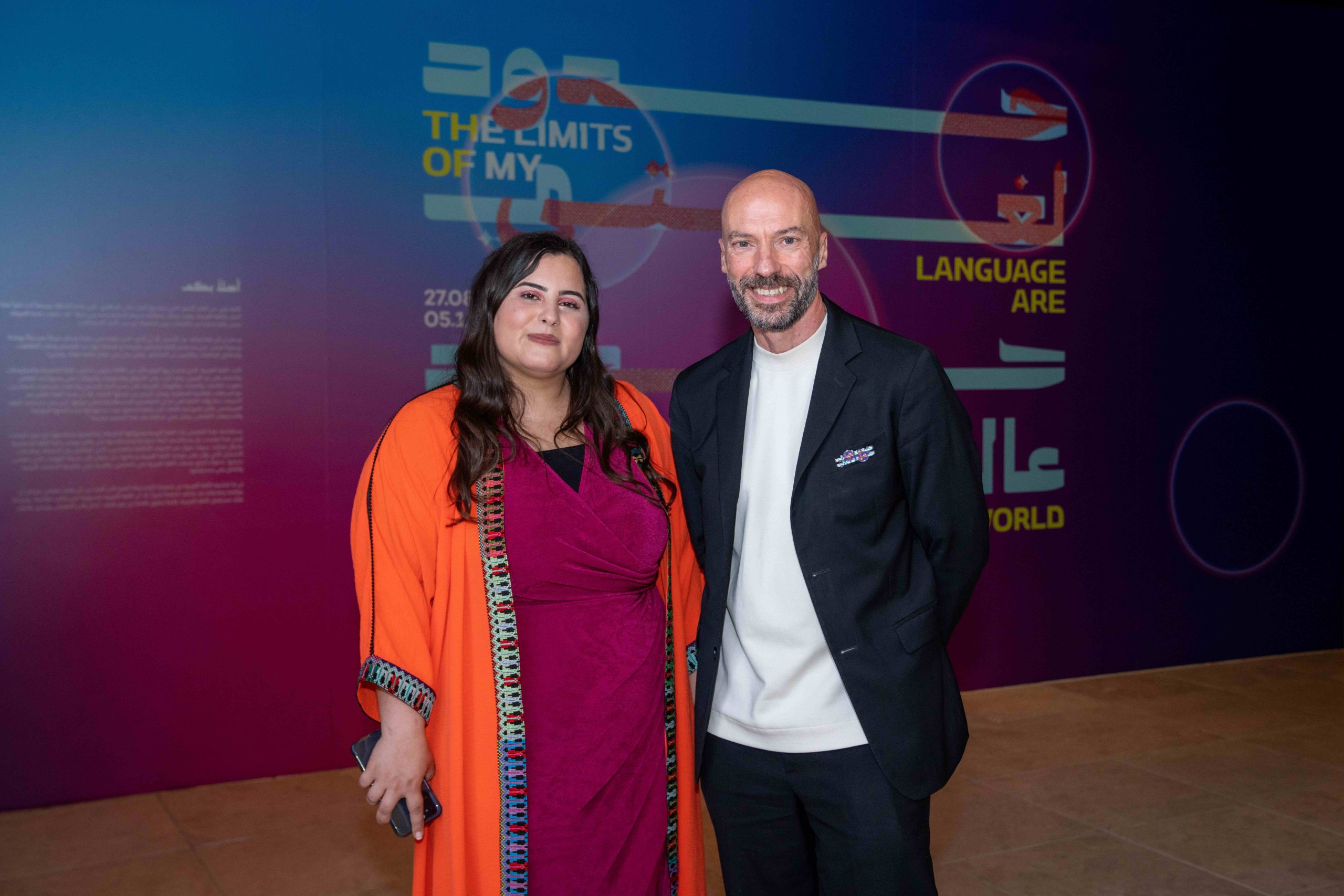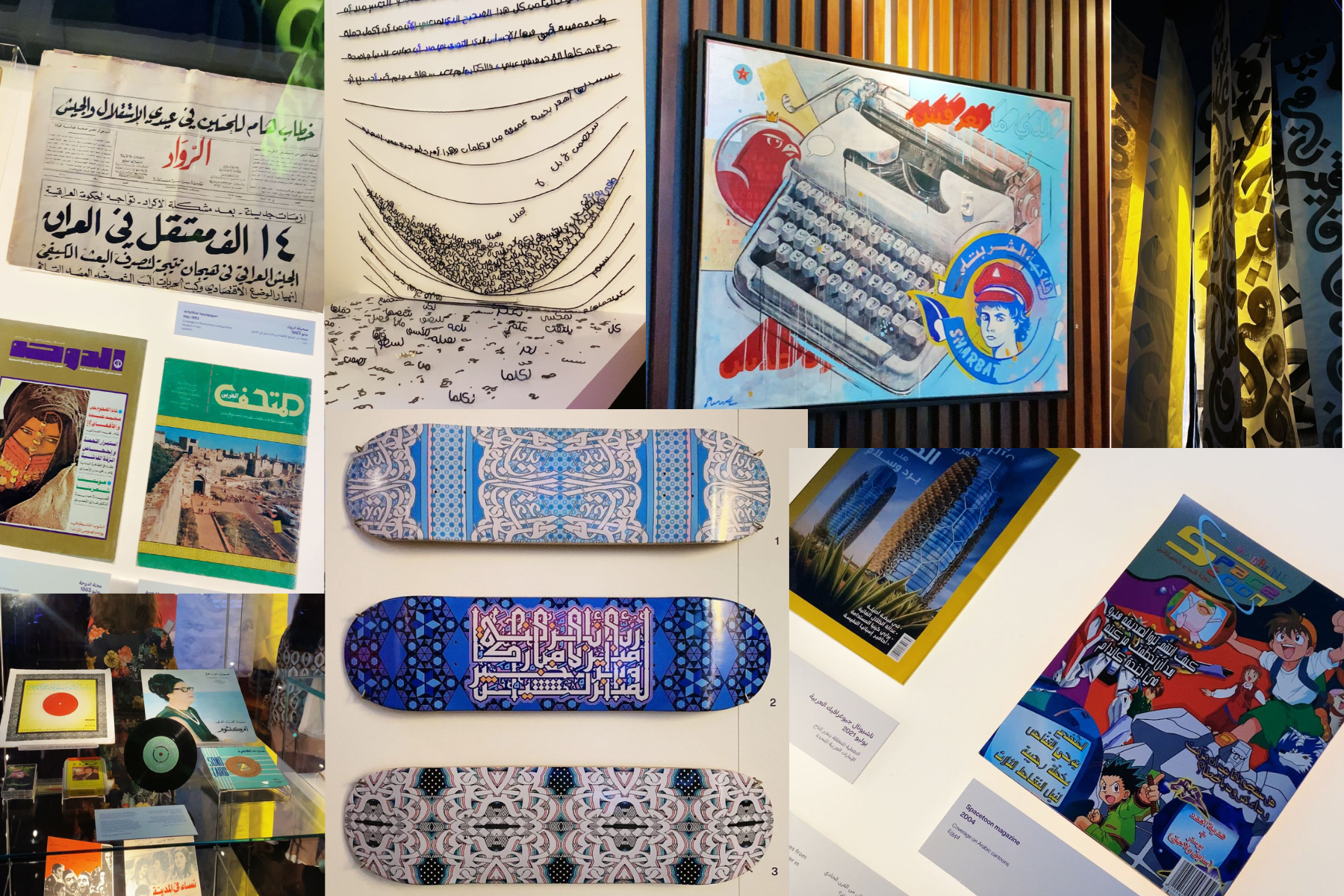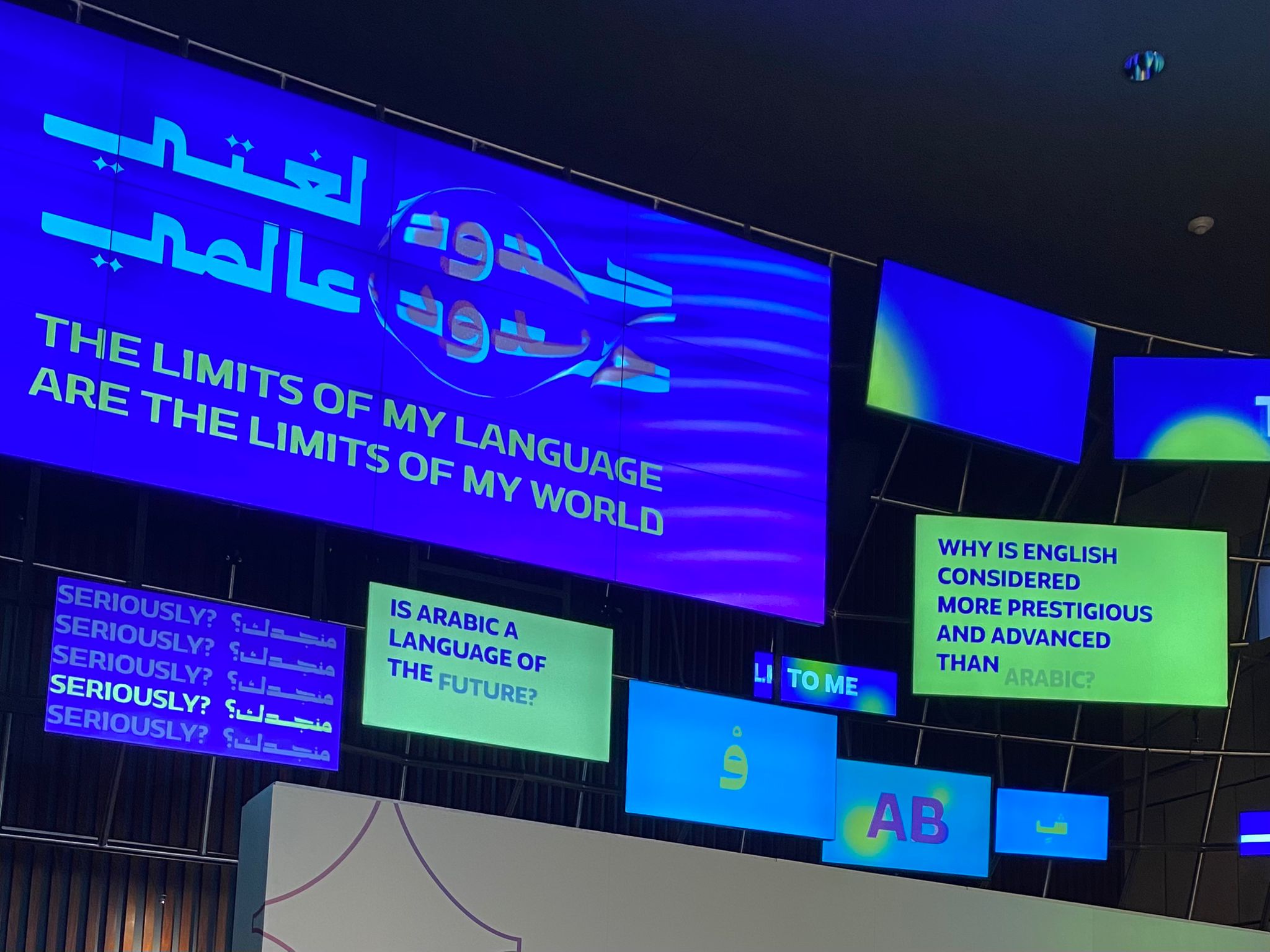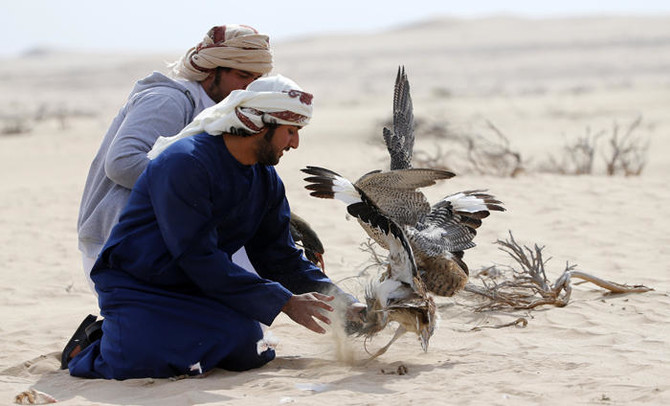The Media Majlis Museum at Northwestern University in Qatar presents its latest exhibition, ‘The Limits of My Language Are the Limits of My World’, exploring the Arabic language’s influence, historical significance and uncertain future.
The Arabic language, with its deep historical roots and vibrant presence, has long been a bridge connecting diverse cultures and civilisations across the Middle East and beyond.
Its rich dialects, scripts, and literary traditions has shaped the cultural identity of millions and also influences global conversations through its contributions to science, philosophy, and the arts.
In light of this profound heritage, The Media Majlis Museum at Northwestern University in Qatar presents its latest exhibition, The Limits of My Language Are the Limits of My World.
This thought-provoking exhibition delves into the Arabic language’s profound impact, its historical journey, and the challenges it faces in a rapidly evolving global landscape.
The exhibition’s grand opening brought together notable figures including Marwan M. Kraidy, Dean and CEO of Northwestern Qatar; Alfredo Cramerotti, Director of the Media Majlis Museum; and Amal Zeyad Ali, the exhibition’s curator, each playing a important role in illuminating the language’s past, present, and future.

Amal Zeyad Ali, in an interview with Doha News, noted, “the Arabic language stands as strong symbol to our rich cultural heritage, yet it faces unprecedented challenges in today’s globalized, digital landscape.”
She added, “with this exhibition, I aim to spark meaningful dialogue about these challenges and inspire a renewed appreciation for the beauty, diversity, and resilience of Arabic. I hope that visitors leave with a deeper understanding of the language’s important role in our past, present, and future, and feel empowered to contribute to its preservation and evolution.”
Alfredo Cramerotti, reflecting on his personal experience, shared with Doha News, “this chronological, multidisciplinary exhibition is staged for the general public. It is very important for me, having grown up in a bilingual environment between German and Italian and working in Welsh and English.”
He added, “this is the first time this museum addresses the Arabic language. This exhibition challenges us to confront the forces that threaten to diminish the richness of Arabic and instead celebrate its enduring influence on culture, politics, and thought. We really hope people take away a number of questions. We are not necessarily providing answers; we are here to help people ask the right questions.”
The exhibition features four thematic sections:
- “Always Another Side?”: Challenges stereotypes and explores the richness and diversity of Arabic.
- “An Influential and Powerful Language?”: Examines Arabic’s historical and contemporary impact on global culture.
- “Does Media Representation Matter?” : Investigates how Arabic is portrayed in modern media and its implications.
- “Is Arabic a Language of the Future?”: Questions the efforts to preserve and promote Arabic amid globalization.

The exhibition features a range of notable works. It includes Hala Amer’s ‘Breaths of a Dialog,’ which connects the Arabic word for “orange” to cultural exchanges, and Latifa Al Ali’s “Letter by Letter,” an interactive tool for engaging with Arabic script. Hussein Alazaat’s “Clear Truth” abstracts Arabic calligraphy to address transparency in the digital age.
Additionally, Zainab Alsabba’s ‘Lines’ reflects personal suffering through text-based installations. Other highlights are Yusef Alahmad’s “Skateboard Series” and Simon Mortimer’s pieces that blend cultural elements with contemporary themes.
The exhibition also features interactive elements such as the Takween Mural, a magnetic block set by Akwan and designer Lujain Abulfaraj, allowing visitors to play with Arabic letters and words.
Also, spoken word performances by Salwa Sadek and Dana Dajani, along with content creator insights from Salam Katanani and Qasem Elhato, explore the impact of Arabic in various media.
Multimedia components enrich the experience, including music videos, comedy skits, animations, and documentaries from Al Jazeera and BBC Arabic. A filmed debate moderated by Hamad Al-Amari discusses the role of Arabic in modern society.
The exhibition is accompanied by a special edition of the museum’s publication, Voices and Conversations, focusing on Arabic proverbs and sayings, with contributions from Dean Kraidy and curator Amal Zeyad Ali.
The museum will host a public program with Afikra on October 26, 2024 to coincide with the exhibition ‘The Limits of My Language Are The Limits of My World ‘, which will be on display until December 5, 2024.
The program will highlight Arabic storytelling in AI, visual arts, film, publishing, and social media.







